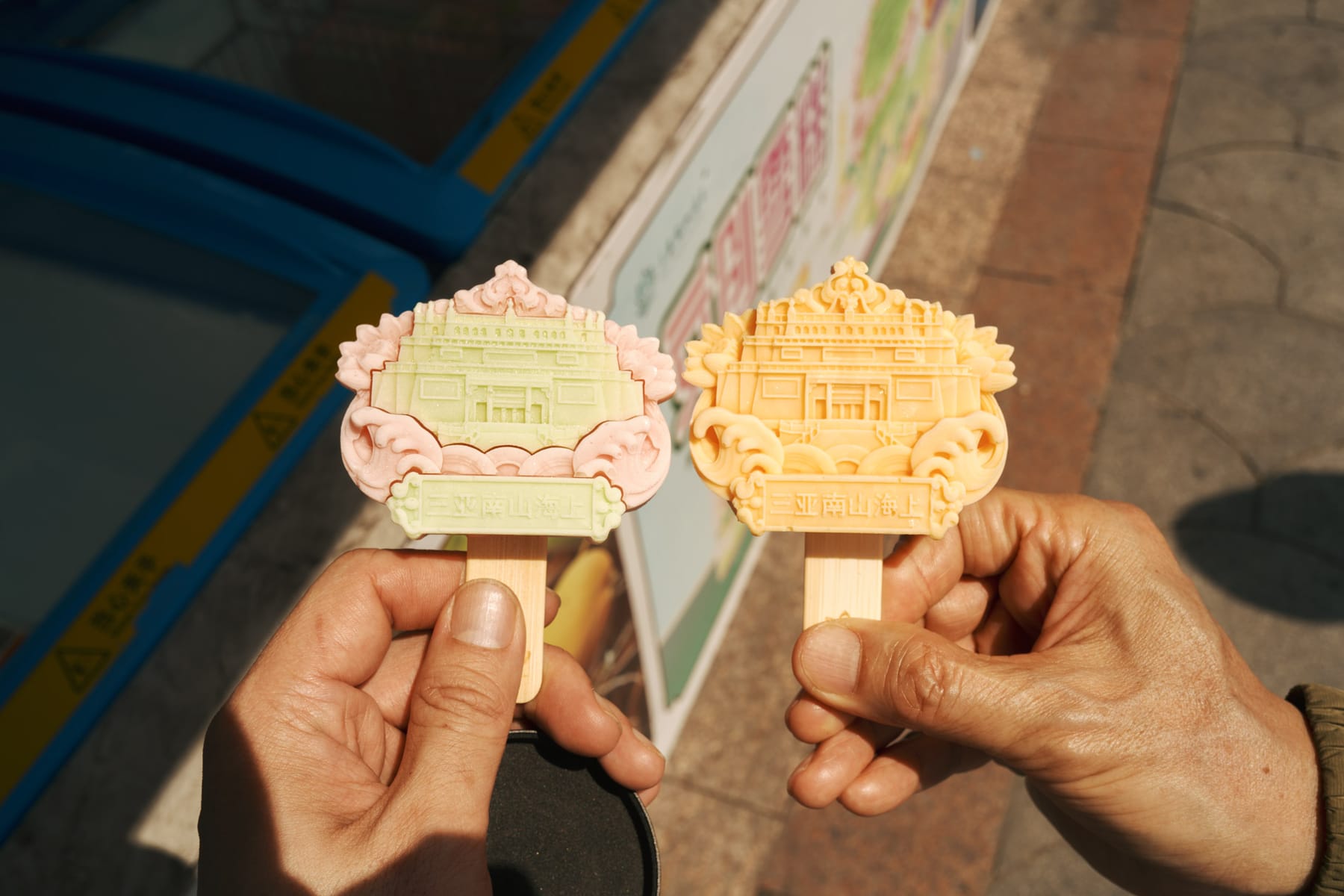I’m in Hainan, China, having just last week crested the hill of a slate of author visits. Wednesday was my busiest day; I did three events at two schools – and all three of those events different kinds of talks and workshops. I had this weekend off with my dad in sunny, humid Hainan, and took full advantage.
Every time I’m in China I play the game of What’s different than before? In my last core sample from March of 2019, I wrote:
If this is the future, then it’s a deeply complicated – and in ways frightening – version of the future, where things are cheap, plentiful, delivered fast, yet intensely monitored and tracked. Then again, the question of how much China is ahead or behind is a clumsy question. The subway system there, for instance, has long surpassed the public transit here in the States in nearly every factor: design, cleanliness, timeliness, and reach; my parents moved to their current apartment knowing there’d be a new Metro line completed within two years, and now it’s been completed. These core samples have as much to do with where my attention is and what’s happening here in the US (particularly with housing, transit, and tech companies) as they do with what’s happening in Shanghai. They’re as much about how I’ve changed as how the city’s changed.
The first part strikes me as even more true today. Delivery people scooting around town, delivery people racing up mall escalators; yellow vests, blue vests, everywhere I go. Speaking of malls, that metro stop by my parents’ apartment now has a shiny new one on top of it – and an elevated freeway adjacent (whereas last time they were just starting to erect the concrete piers). I fretted about finding a Didi (China’s version of Uber/Lyft) willing take me the 100km/1.5 hours from Shenzhen to Guangzhou, but a driver accepted my ride near-instantly and was two minutes away, and just asked that I also cover his bridge toll for the return trip.
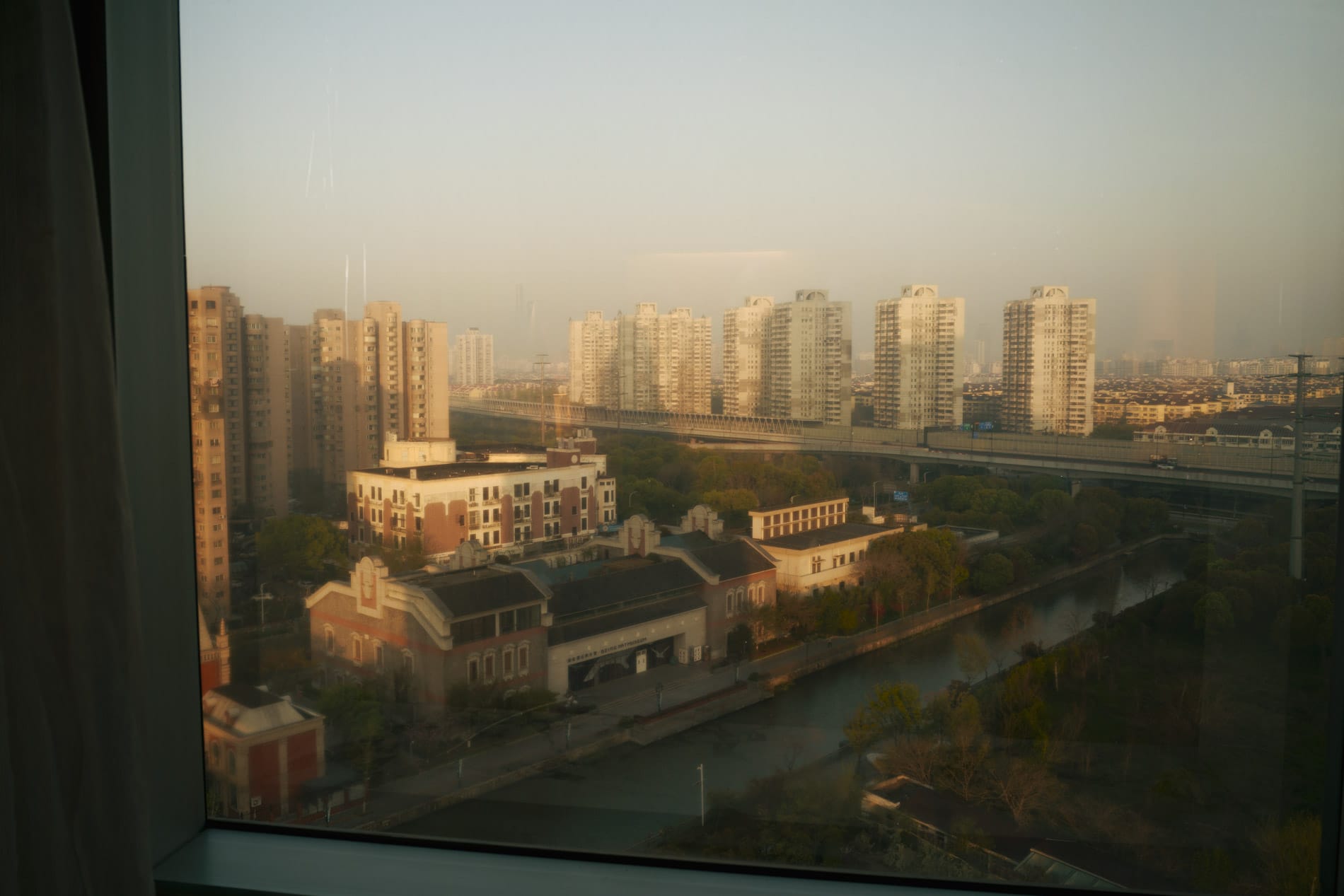
A majority of the cars on the road now are Chinese car brands – so many different Chinese car brands; I stopped counting after fifteen – and about one out of six had a green license plate designating an EV (which is nice, subtle social pressure to electrify). I saw plenty of charging stations in underground parking structures, and some structures also had a light above every parking spot that turned red/green depending on if it was occupied/vacant – easily seen when hunting for a spot.
Other things I’ve noticed so far this trip:
- The streets in every city I’ve visited feel human-scaled, with wide sidewalks and tightly planted street trees. One thing I loathe about Detroit is that even in denser neighborhoods you can’t always find shade to walk in. In Shanghai, vines are also being trained to go up the concrete piers of many elevated freeways, which gives off mild – though not entirely unpleasant – Last of Us vibes.
- Payments were notably easier this time around. WeChat and Alipay now let you to link foreign bank cards for mobile payments. The latter also has in-app support for transit passes. (Though I did run into a couple instances of Visa rejecting larger payments to small vendors). Pair that with an eSIM and the new 10-day visa-less tourist entry policy and it’s never been easier to visit. Though, if you’re coming from the Western Hemisphere I’d tack on another week elsewhere in Asia to allow for jetlag.
- Along with the auto manufacturers there’s been an explosion, too, of smaller coffee shops. Full-sized espresso machines are everywhere. So. Many. Espresso machines. I also quickly learned how to say, in Mandarin, 抹茶拿铁 – matcha latte.
- Multiple hotels I stayed in had these (
cleaning?room service) robots:
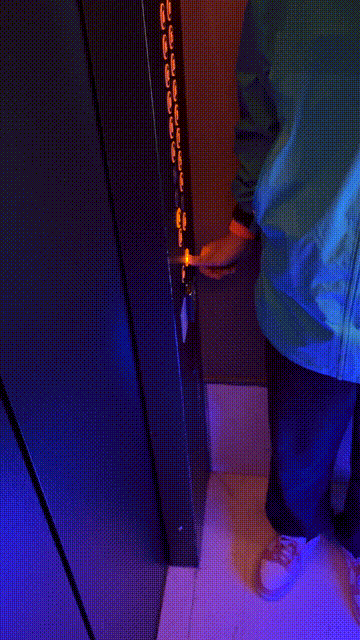
They bumbled around charmingly in the way of the original Star Wars droids.
This isn’t an observation of differences per se, but Shenzhen’s Huaqiangbei Electronics Market is the stuff sci-fi dreams are made of. The bottom floor of the SEG Plaza building, especially, with its meter-wide stalls with bundles of cable piled like produce, computer chips under grungy glass display cases, portable translators and knockoff Dyson hair dryers. Another floor was devoted to security cameras. I saw fiber optic fusion splicers, men crammed into soldering cubicles, three kids sitting on the floor sifting a box of thousands of orange thumb drives as if they were Legos.
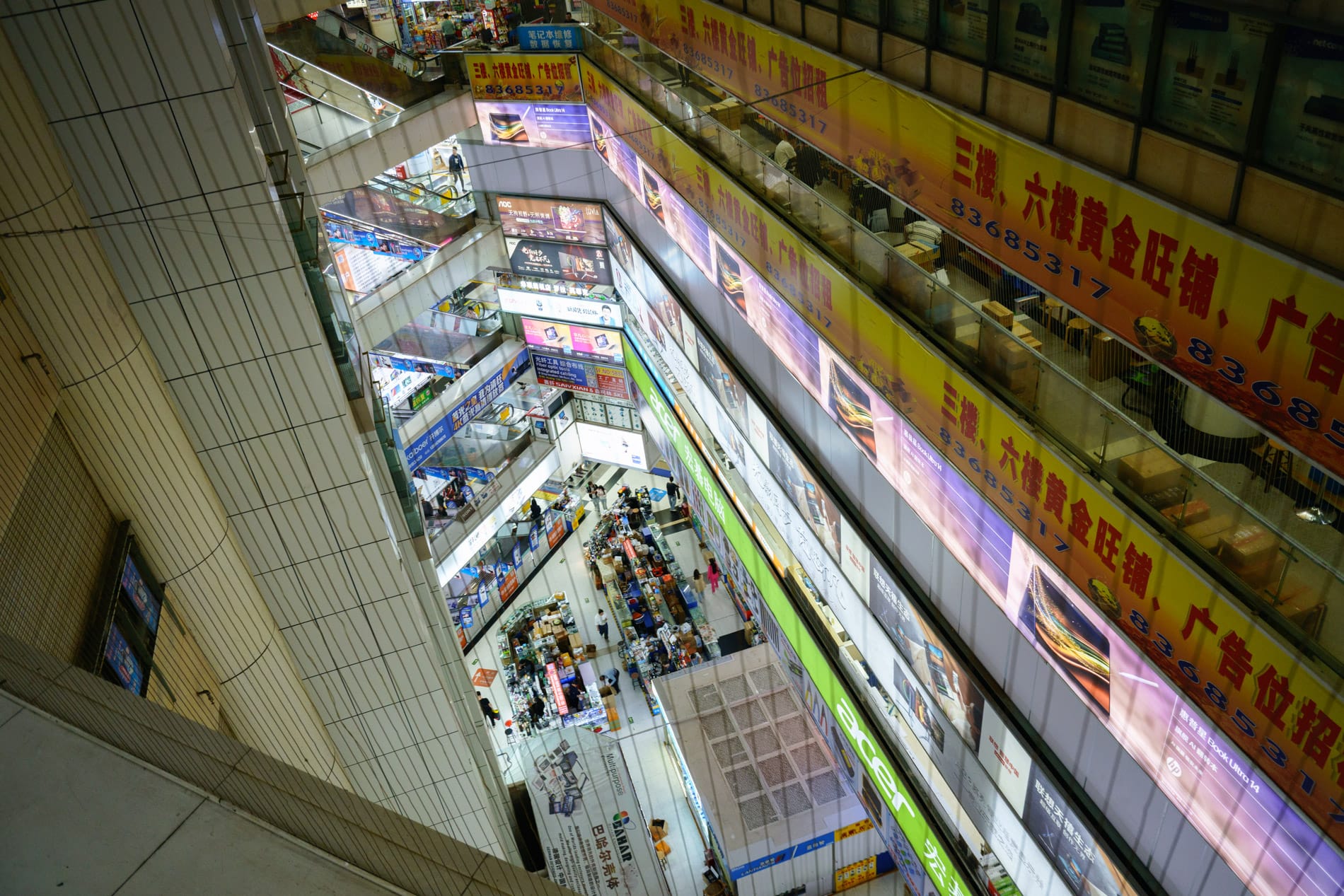
Down the street was a building with mostly used consumer camera equipment, and the busiest stalls by far were the ones with spreads of “vintage” compact digital cameras, trending here as much as they are back home, rightful pushback against our too-processed, too-“perfect” phone photos.
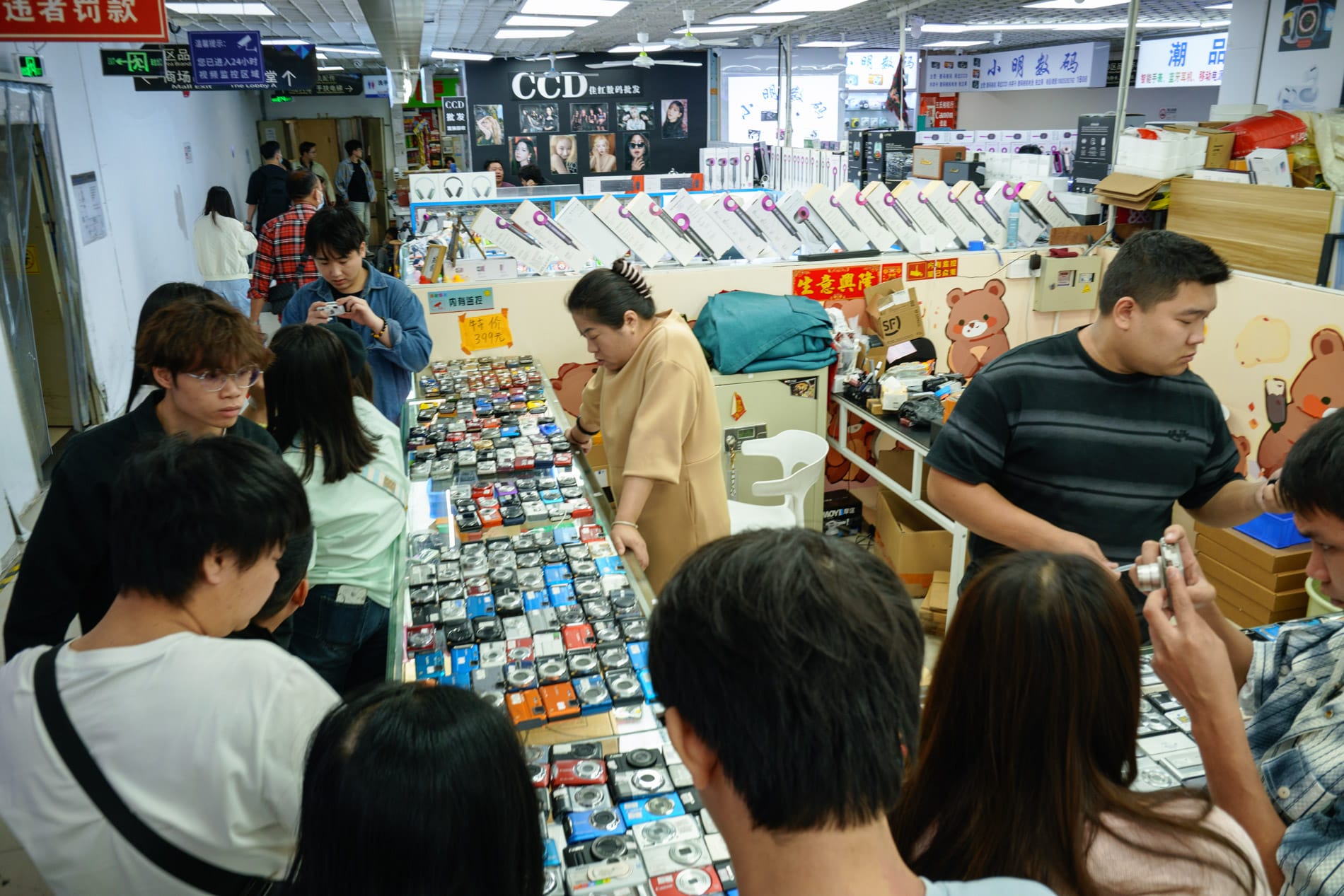
Lastly, I’ve been asking folks in different cities about their impression of the tariff news. Some teachers and librarians said it was affecting their ability to order American books for their classrooms, but that also, for most Chinese people, it’s a non-event. A vast majority of what they buy comes from within the country, and whatever second- or third-order effects are so far removed that (I suspect) there won’t be a feeling of cause-and-effect. Not like back back home. The general sense I got was: Ehh, we’ve been through worse.
